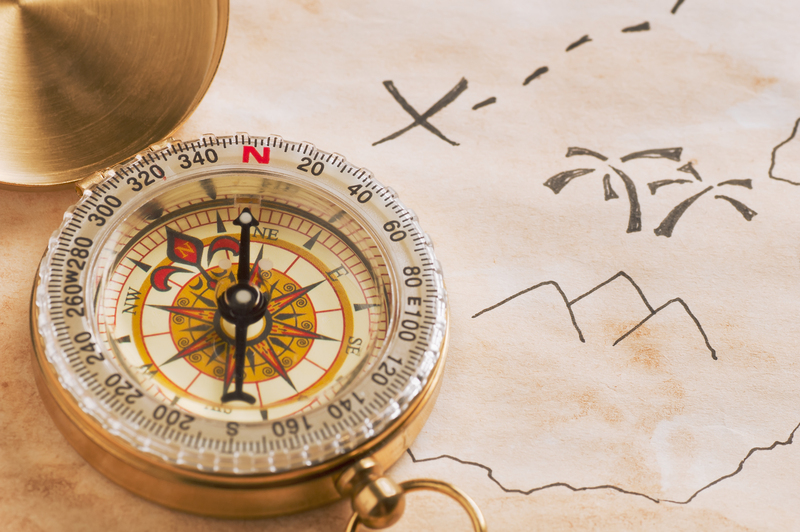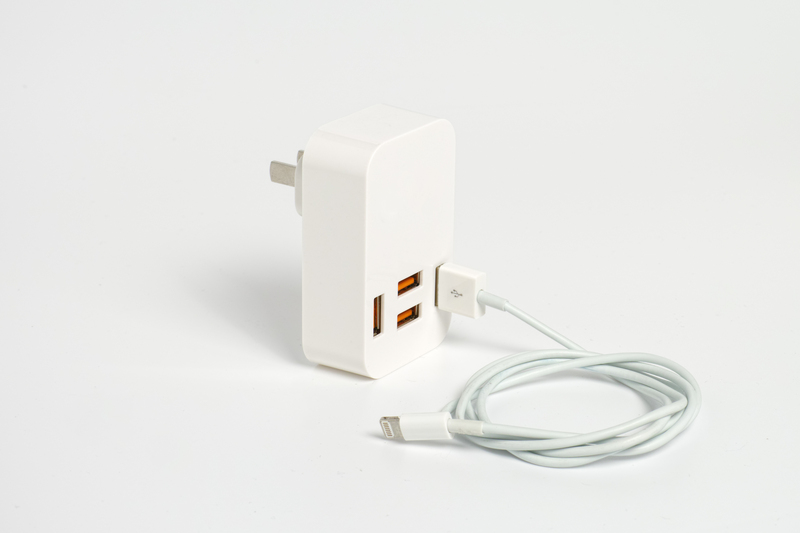Untangling the Cords of Piano Moving--Expert Insights
Posted on 29/05/2025
Untangling the Cords of Piano Moving--Expert Insights
Piano moving is a challenging task that combines the need for delicate care, strategic planning, and a deep understanding of both the instrument and the moving process itself. Entrusting your precious piano to just anyone is simply not an option. In this exclusive guide, we provide expert insights into piano relocation, uncovering the secrets of successful moves, and highlighting why hiring professionals pays off. If you're faced with the daunting task of moving your grand or upright piano, read on for a comprehensive resource designed to untangle the cords of piano moving.
Why Moving a Piano Is Complex
At first glance, a piano may not look much different from other pieces of furniture in your home. However, beneath its polished exterior lies a labyrinth of sensitive hammers, strings, pedals, keys, and delicate cords that form its sound-producing heart. Pianos can weigh anywhere from 300 to over 1,200 pounds, and improper handling can lead to damage, injury, and expensive repairs.
- Weight & Size: Grand pianos, baby grands, and upright pianos each pose their own logistical challenges due to their unique dimensions and mass.
- Internal Complexity: With over 10,000 moving parts, even a small jolt can disrupt the delicate balance within.
- Risk of Damage: The risk is not just to the piano; floors, stairs, doorways, and walls are all vulnerable during a move.
Understanding the "Cords" Inside Your Piano
Many people refer to the intricate web of strings, wires, and pedals within a piano as its "cords." These elements are vital to the piano's function, facilitating sound and providing the touch that pianists love. Protecting these during a move is essential for the instrument's longevity and performance.

Common Challenges in Piano Moving
- Navigating Tight Spaces: Pianos are awkwardly shaped and often wider than standard doorways or hallways.
- Staircases and Elevators: Not all elevators are large enough for grand pianos, and stairways increase risks for drops or bumps.
- Uneven Terrain: Whether you're crossing lawns, gravel, or uneven pavements, the risks of tipping and damage multiply.
- Delicate Finishes: Any scratch or bump can forever mar the beauty of your piano's finish.
It's these very challenges that underscore the wisdom of seeking out professional piano movers.
The Importance of Professional Piano Movers
The difference between an amateur job and a professional piano moving service is immense. While you may be tempted to save money by moving the instrument yourself or by hiring general movers, the expertise and equipment specialized crews deliver often means the difference between disaster and a flawless, stress-free move.
Key Benefits of Hiring Experts in Piano Relocation
- Proper Equipment & Tools
- Piano dollies, skid boards, padding, and specialized straps safeguard your instrument in transit.
- Trained Crew Members
- Professional movers understand how to dismantle, secure, and transport pianos of all kinds.
- Insurance & Guarantees
- Should the unforeseen occur, insurance means your investment is protected.
- Efficient Route Planning
- Skilled movers can navigate tight corridors, tricky staircases, and complex parking with ease.
- Peace of Mind
- Handing off the stress allows you to focus on other moving essentials.
Step-by-Step Piano Moving Process--What the Experts Do
1. Assessment and Planning
The moving process begins with a site assessment--identifying all obstacles, measuring doorways and staircases, and developing a customized moving plan based on piano type.
2. Preparing the Piano
Movers will:
- Secure lids and removable parts (music stands, pedals, etc.)
- Carefully pad all surfaces to protect both the finish and internal cords
- For grand pianos, remove the legs and wrap the harp for safety
3. Lifting and Moving
Using a combination of strength, technique, and specialized equipment, the team immobilizes the piano on a dolly or skid board. For stairs, ramps or additional manpower are utilized to guarantee safety.
4. Transporting Safely
The instrument is positioned securely in the moving vehicle, often with additional restraints and shock-absorbing materials. Professionals take piano cord protection seriously, ensuring the internal strings and mechanisms are not subjected to excess motion.
5. Reassembly and Placement
On arrival, the process is reversed. Grand pianos are reassembled, polished, and positioned exactly as you wish. Professionals then recommend a tuning, as transportation often affects string tension.
Types of Pianos and Moving Considerations
Grand Pianos
Grand pianos are the most difficult to move, due in large part to their size, weight distribution, and sensitivity of internal cords. Some may require partial disassembly and always demand experienced handlers.
Upright Pianos
Upright and console pianos are more compact, but their height and weight distribution still require careful planning. Specialized dollies and braces are a must to keep the instrument upright and protect internal cords.
Digital and Player Pianos
Though usually lighter, digital pianos and player types still include sensitive electronic components that can be damaged by shocks and water. Moisture-proof wrapping and stable temperature control during moves are critical.
Cost Factors in Piano Moving
Professional piano moving costs can vary, influenced by:
- Type and size of the piano
- Distance between locations
- Number of stairs or level changes
- Accessibility issues (e.g., tight hallways, elevator restrictions)
- Local versus long-distance moves
On average, upright piano moves start at $150 to $500 locally, while grand piano relocations can range from $400 to $1,200 depending on complexity. Long-distance piano moving may exceed these amounts, but insurance and peace of mind make it a worthy investment.
Expert Tips for a Seamless Piano Move
- Choose Reputable Movers--Review credentials, testimonials, and insurance policies.
- Book in Advance--Experienced piano movers have busy schedules, particularly during peak moving times.
- Prepare the Space--Clear pathways and communicate any tight spots or restrictions to your moving team ahead of time.
- Know Your Piano--Have the make, model, and measurements handy when requesting a quote.
- Post-Move Tuning--Budget for a professional tuning session after your relocation; even the most careful move may detune your instrument.
What to Avoid When Moving a Piano
- Don't attempt to move a piano with inadequate equipment or insufficient manpower.
- Avoid hiring general household movers lacking specific piano-moving expertise.
- Never roll a piano on its casters for long distances; they're often decorative and not designed for weight-bearing over more than short spans.
- Don't ignore minor damage; small shifts can disrupt the internal structure and lead to costly repairs later.
Innovative Technologies in Piano Moving
Piano transportation isn't immune to technological advances. Some modern moving companies use hydraulic lifts, piano-specific dollies, climate-controlled trucks, and even custom crate fabrication for overseas moves. These innovations help provide superior protection for cords and strings, as well as the instrument's finish and frame.
Robotics and Advanced Planning Tools
3D modeling software allows movers to visualize floorplans in advance and chart the best routes through a home, reducing surprises and optimizing efficiency on moving day. Digital tracking and real-time updates give clients peace of mind throughout the journey.

Frequently Asked Questions About Piano Moving
Can I move my own piano with friends?
While technically possible, moving your piano yourself is highly discouraged unless you have professional equipment, significant manpower, and experience. One accident can cause damage to the piano and severe injury to people involved.
Do all pianos need to be dismantled before moving?
Not always, but large instruments like grand pianos typically require disassembly of their legs, pedals, and lid for safe transport. Upright pianos usually stay intact, though all removable parts must be secured. Expert movers will advise on the best approach.
Is piano moving insurance necessary?
Absolutely. Insurance covers your investment from accident or neglect during transport. Most reputable companies include basic coverage, but it's smart to ask for detailed policies, especially for valuable or antique pianos.
How soon after moving should my piano be tuned?
A piano should rest and acclimatize to its new environment for two to four weeks before tuning. This allows the wood, cords, and strings to adapt to temperature and humidity changes, ensuring a stable tuning.
Conclusion: Why Expert Insights Make the Difference
Untangling the cords of piano moving takes more than muscular effort--it demands respect for the instrument, knowledge of its intricate design, and experience honed by countless successful moves. By choosing professional piano movers, you shield your cherished instrument from the risks of damage, injury, and disruption, ensuring it arrives at its new home in perfect harmony.
Ready to orchestrate your move? With these expert tips, in-depth insights, and a commitment to care, you can rest assured that your piano--and its precious cords--will sound beautiful for years to come, wherever you take them.
For more information about safe, stress-free piano moving, consult your local specialists and request quotes tailored to your instrument and location. Remember--when it comes to piano moves, expertise is music to your ears.



